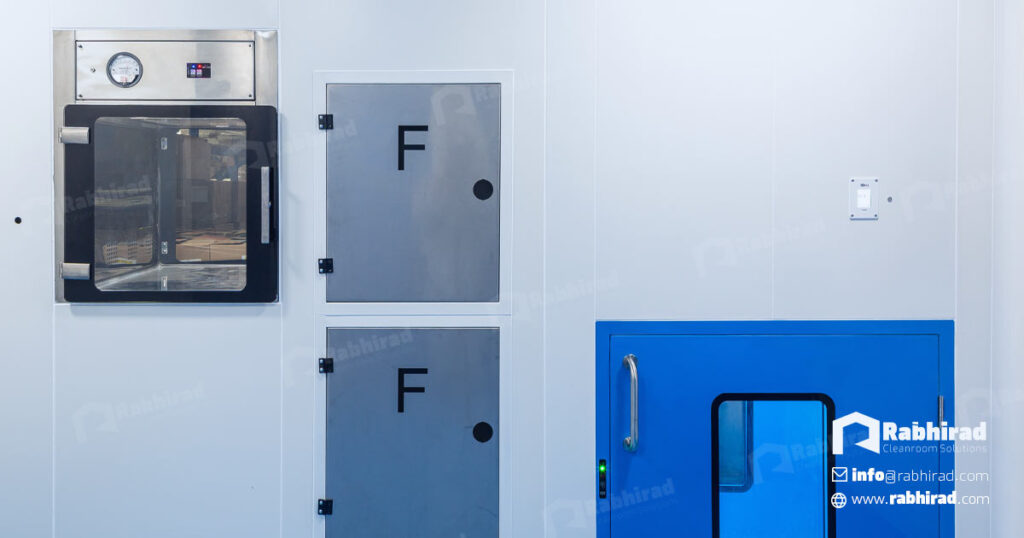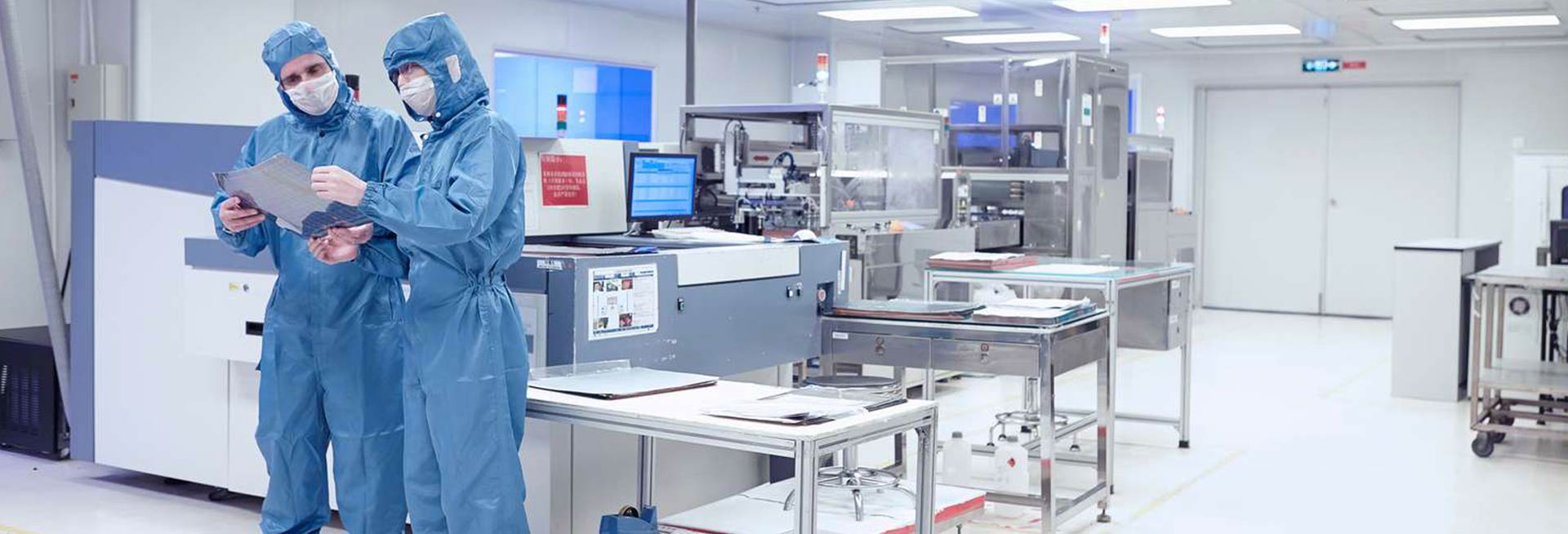
Enhancing Cleanliness and Operational Efficiency through Automated Solutions in Cleanrooms: The Role of Automation and Waste Management
Introduction
Cleanrooms are meticulously controlled environments designed to minimize contamination from airborne particles and microbes, ensuring the integrity and safety of sensitive products, particularly in industries such as pharmaceuticals and medical devices. These specialized spaces are essential for maintaining high standards of cleanliness, as even minute levels of contamination can lead to significant errors or defects in the final output.
The effectiveness of cleanroom environments hinges on several critical components:
– Cleanroom Environments: Defined by their physical and operational characteristics, cleanrooms are classified based on contamination control levels.
– Air Filtration Systems: Advanced technologies that purify the air, removing particulates and microorganisms.
– Protective Garments: Specialized apparel worn by personnel to prevent contamination.
– Decontamination Agents: Sterilant and disinfectants are used to keep surfaces and equipment free from harmful agents.
– Vacuum Technology: Systems designed to remove particles and maintain cleanliness.
– Monitoring Systems: High-tech solutions for tracking environmental parameters such as temperature, humidity, and particulate concentration.
– Process Optimization: Strategies aimed at enhancing efficiency and output.
– Waste Management: Essential strategies for handling waste generated within cleanroom environments.

The Critical Role of Waste Management
Effective waste management is integral to maintaining a cleanroom environment. Contaminants and pollutants can compromise the integrity of experiments and products, leading to potentially detrimental outcomes. A well-structured waste management strategy includes proper segregation, documentation, storage, and disposal of both hazardous and non-hazardous waste, in compliance with relevant regulations. Adhering to stringent waste management practices is essential for ensuring safety and efficiency within cleanroom contexts.
Proper waste management serves multiple purposes: it prevents contamination, safeguards expensive equipment, and mitigates the risk of disease and pollution dispersing into the surrounding environment.
Categories of Waste in Cleanroom Environments
Waste management procedures must accommodate the specific types of waste generated in cleanroom settings, including:
- Organic Waste: Biodegradable materials requiring specific handling methods.
- Inorganic Waste: Non-biological materials that must be managed carefully.
- Hazardous Waste: Substances posing significant health or environmental risks, necessitating stringent disposal protocols.
- Recyclable Materials: Items that can be repurposed, contributing to sustainability efforts.
- Medical Waste: Specialized waste produced in medical settings, requiring careful management.
In recent years, waste management practices in cleanrooms have garnered heightened attention, reflecting their crucial role in environmental protection, cost reduction in waste disposal, and contamination prevention. The push towards recycling and repurposing materials has gained momentum, driven by a growing emphasis on sustainable and eco-friendly technological solutions. To ensure adherence to contemporary regulations and reduce associated risks, the implementation of robust waste management procedures is becoming increasingly critical within the cleanroom industry. It is noteworthy that waste management regulations vary widely across regions and countries.
The Significance of Automated Cleaning Systems
In recent years, automated cleaning systems have gained prominence in cleanroom environments, enhancing operational efficiency while minimizing human error. These systems integrate cutting-edge technologies such as robotics, sensors, and artificial intelligence to maintain pristine conditions and reduce contamination risks.
Robotic cleaning systems, for instance, autonomously perform a variety of cleaning functions, including sweeping, mopping, and surface wiping. Equipped with advanced sensors, these robots navigate cleanroom layouts, identify areas needing cleaning, and adhere to programmed regimens for consistent results.
Another noteworthy innovation is the ultraviolet-C (UV-C) cleaning system, which uses high-energy ultraviolet light to eradicate viruses and bacteria on surfaces, further mitigating contamination risks. UV-C cleaning systems can complement traditional manual cleaning practices or serve as primary solutions in high-risk contamination scenarios.
The architecture of automated cleaning systems typically consists of an integrated framework that includes robots, sensors, and auxiliary equipment. These systems continuously monitor the cleanroom for contaminants, analyzing surfaces and ambient air. Upon detecting contamination, signals are dispatched to the robots to commence cleaning activities, utilizing techniques such as vacuuming and scrubbing.
The adoption of automated cleaning systems offers numerous advantages, including:
– Increased Efficiency: Reducing labor costs while ensuring consistent cleaning outcomes.
– Enhanced Cleanliness: Minimizing errors and defects in products manufactured in cleanroom conditions.
– Broader Applicability: These systems are gaining traction across various industries, including healthcare, food processing, and electronic manufacturing.

RabHirad, Cleanroom Solutions
RabHirad company is at the forefront of providing cleanroom services, including the development and implementation of automated cleaning technologies tailored for cleanroom applications. Their commitment to innovation in cleanroom sanitation solutions underscores the importance of maintaining high standards of hygiene and operational integrity. The integration of automated cleaning systems within cleanroom environments marks a significant advancement in the pursuit of cleanliness and operational excellence. As technology continues to evolve, these systems will play an increasingly vital role in promoting high standards of hygiene and precision across critical industries. With companies like RabHirad leading the way, the future of cleanroom management looks promising, emphasizing the importance of effective waste management and innovative cleaning solutions.








